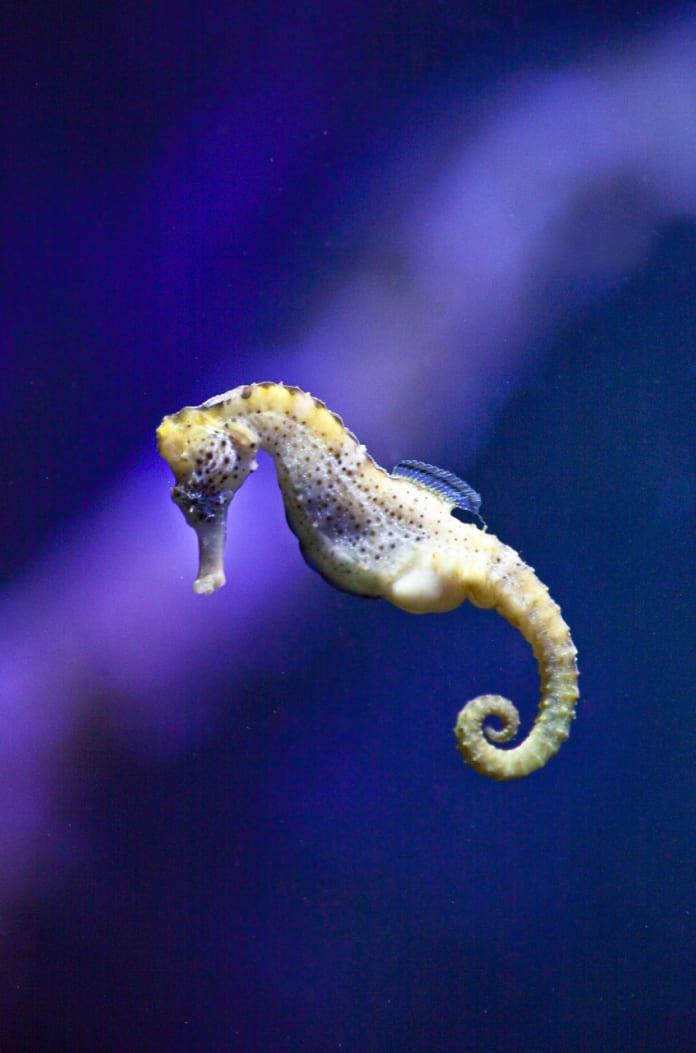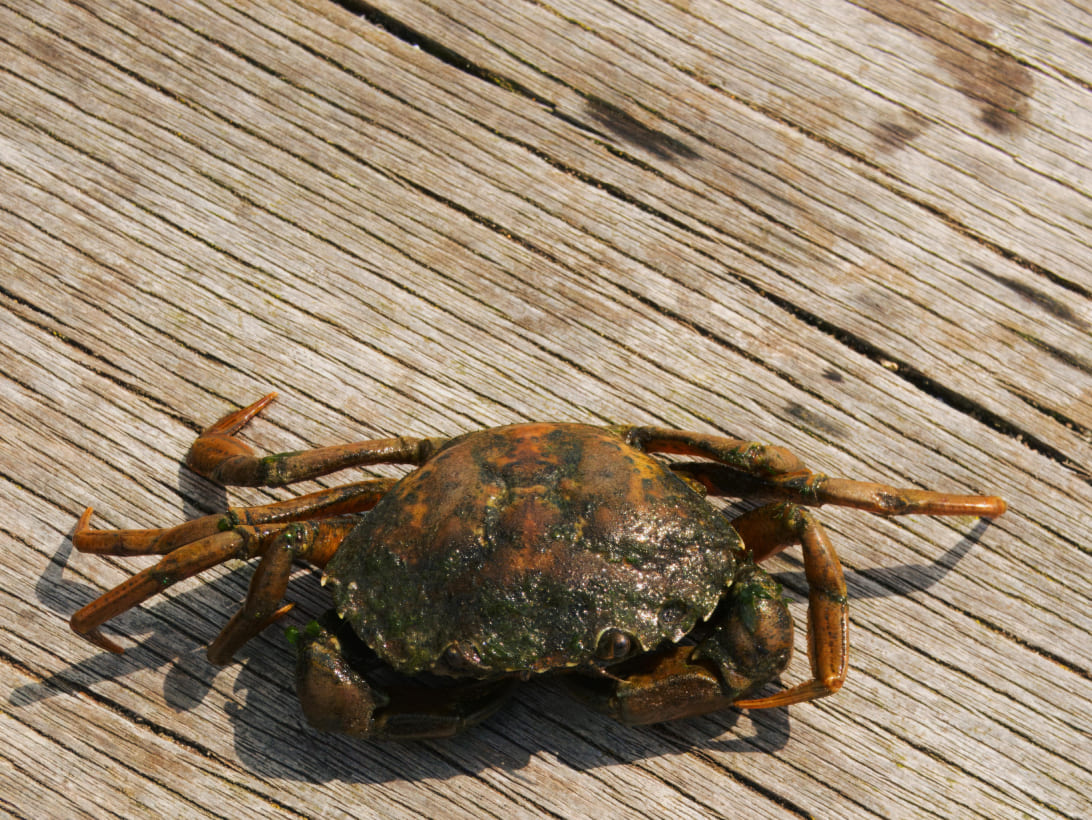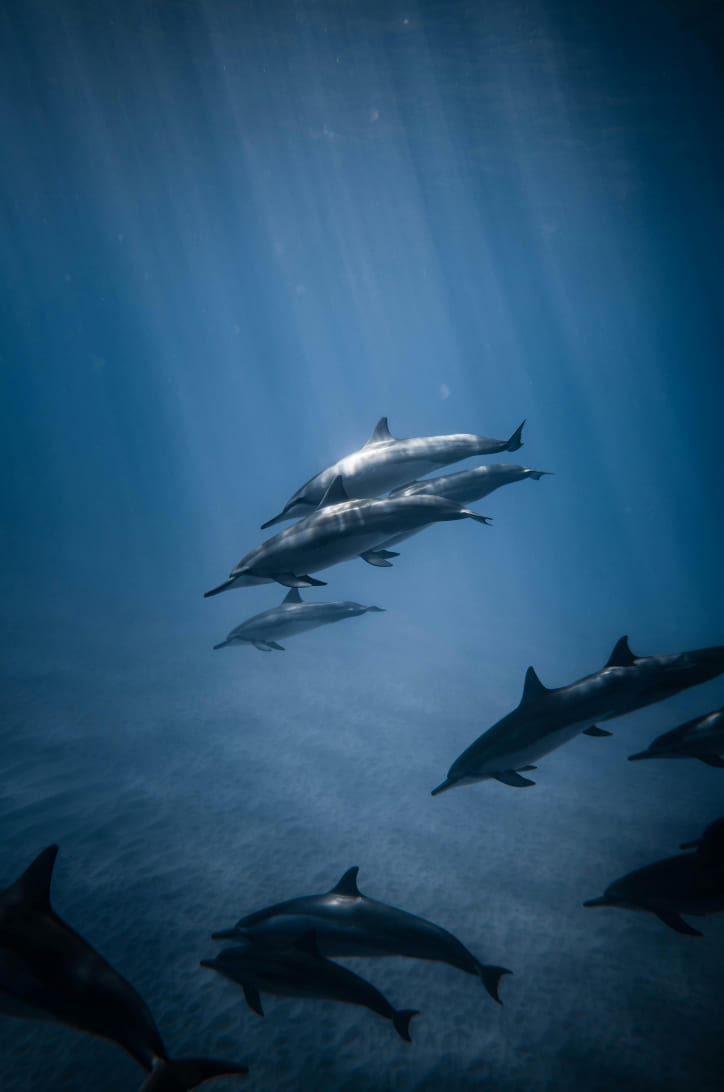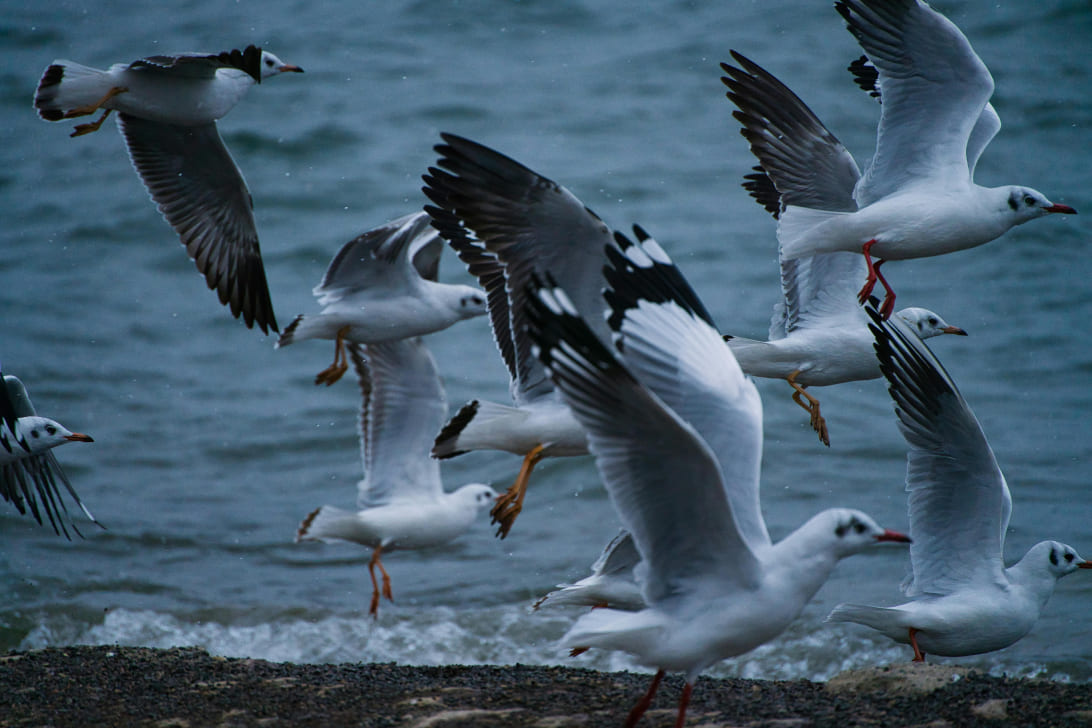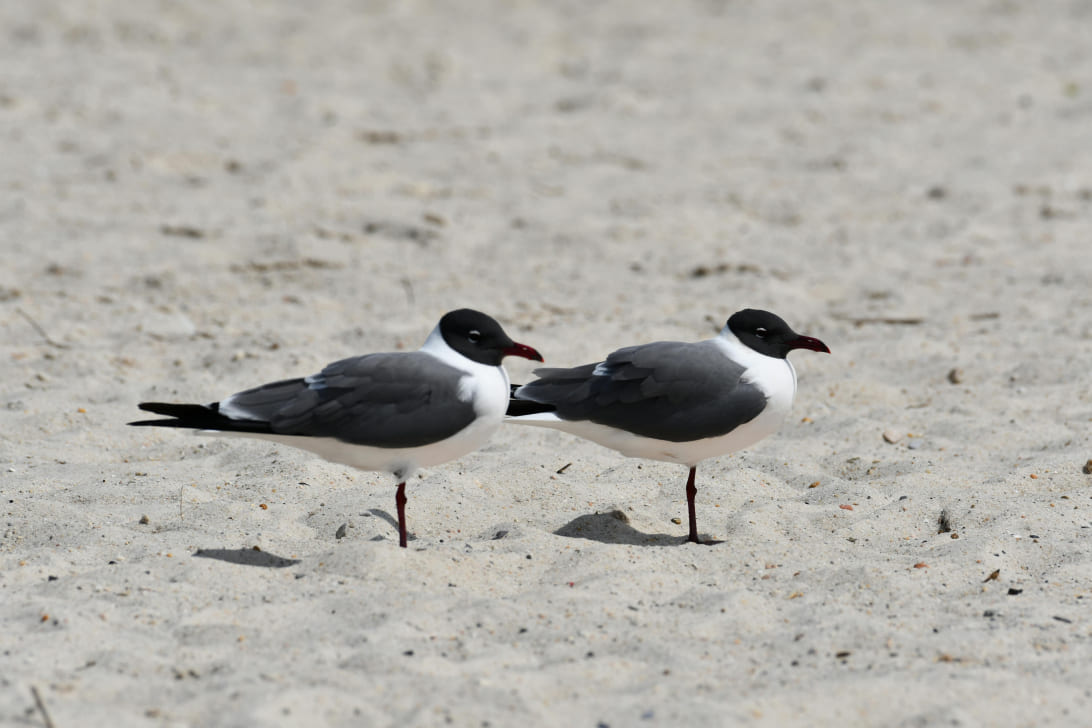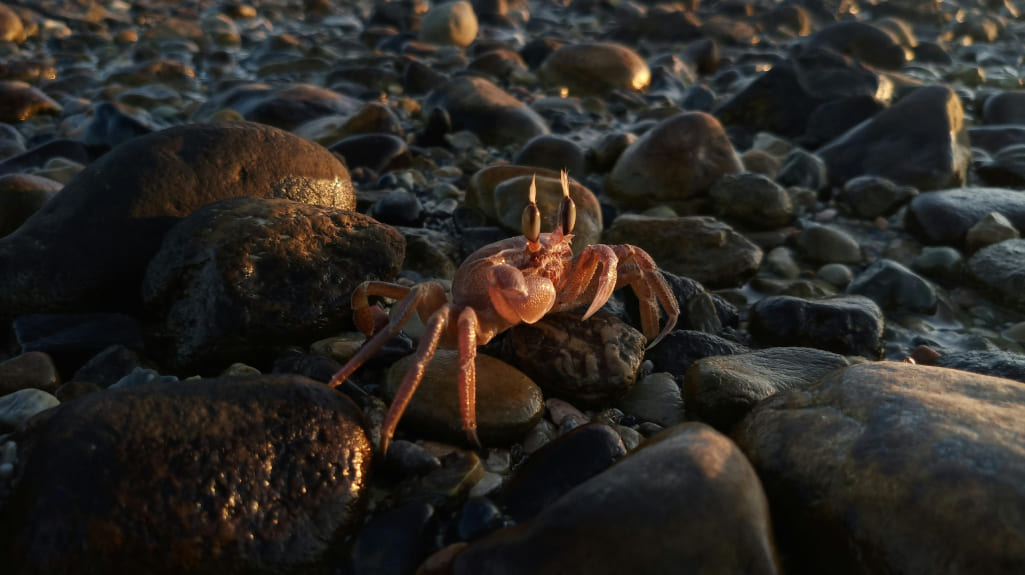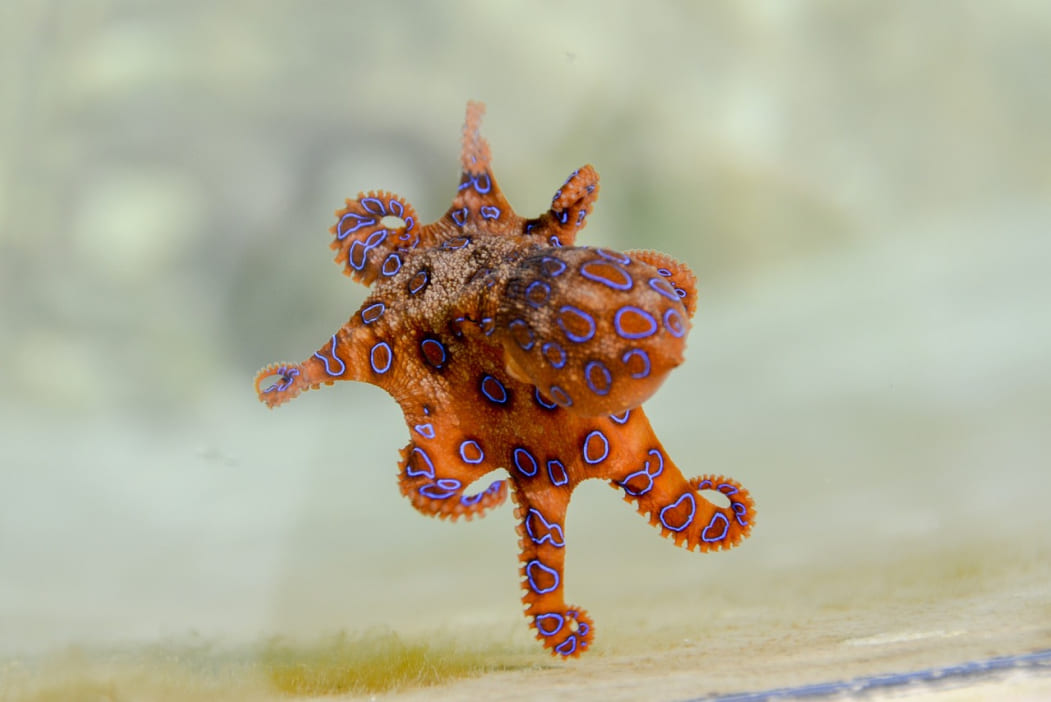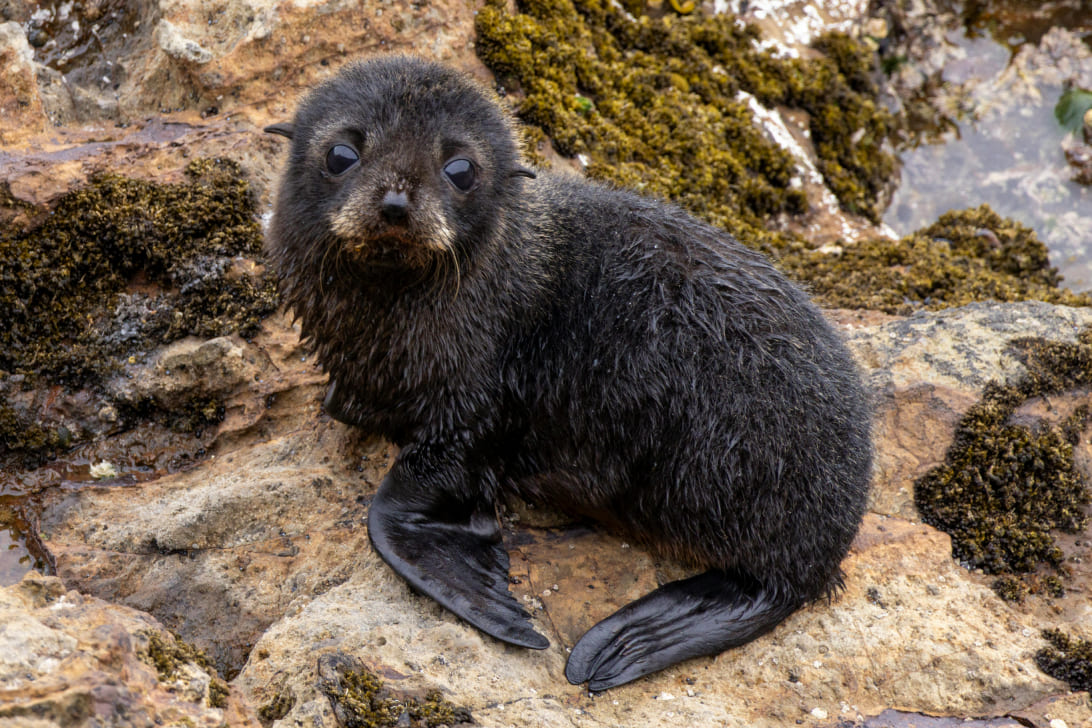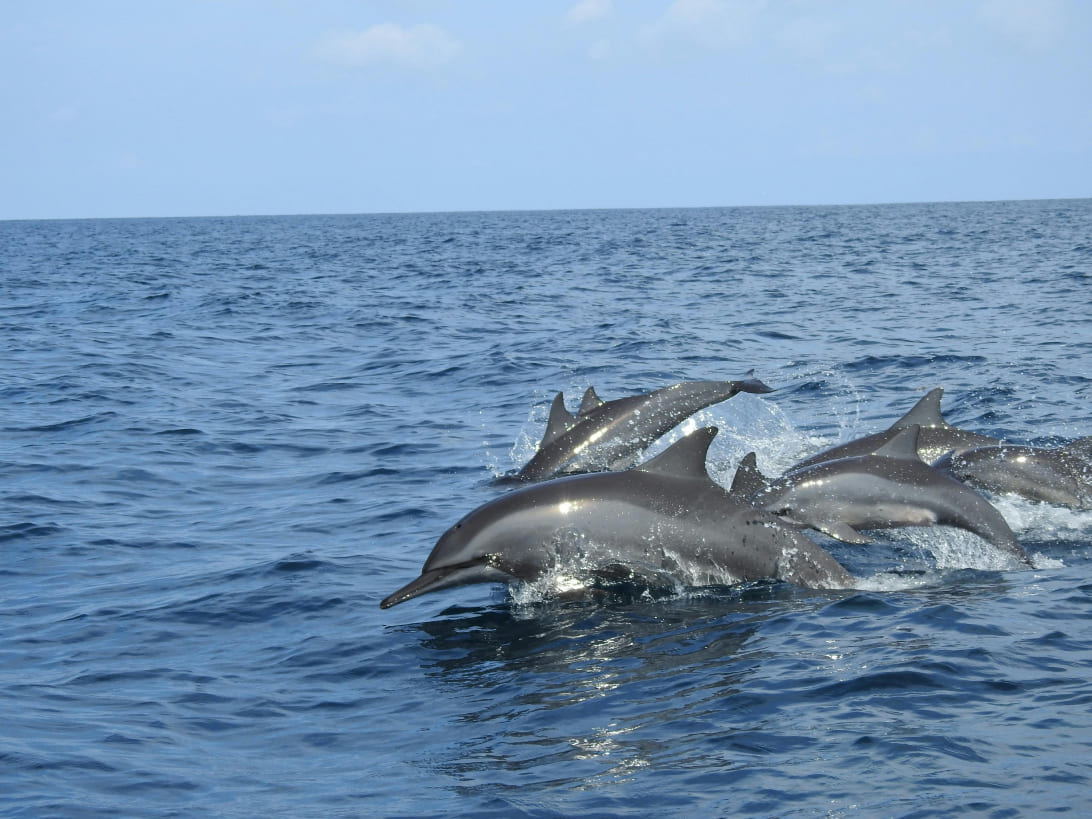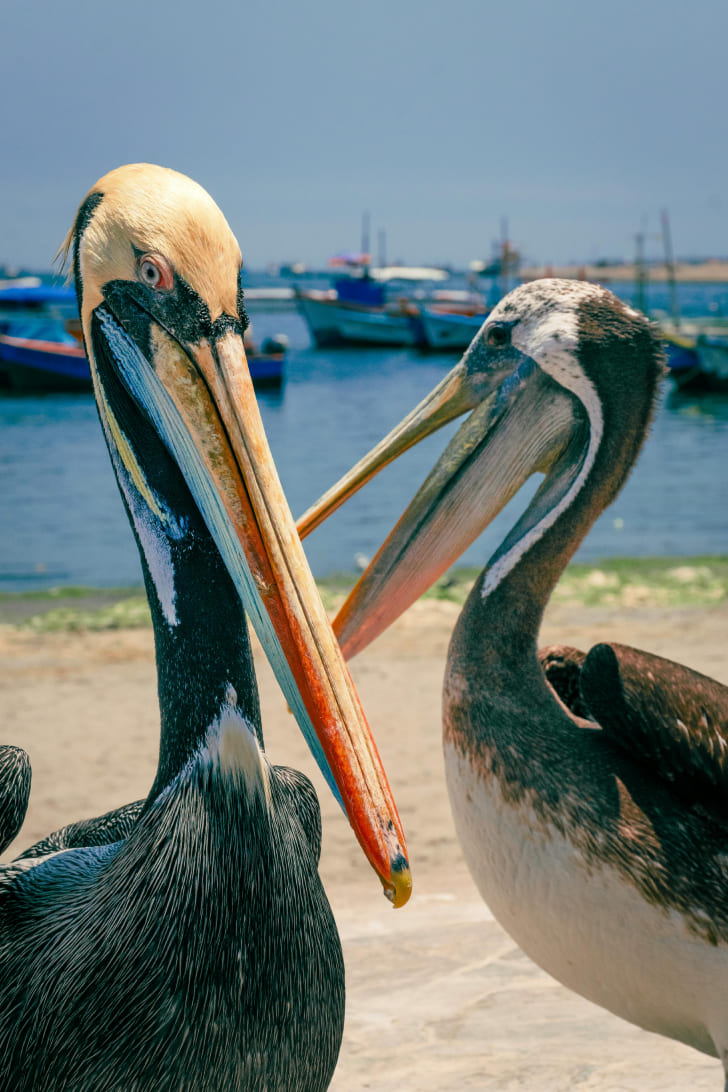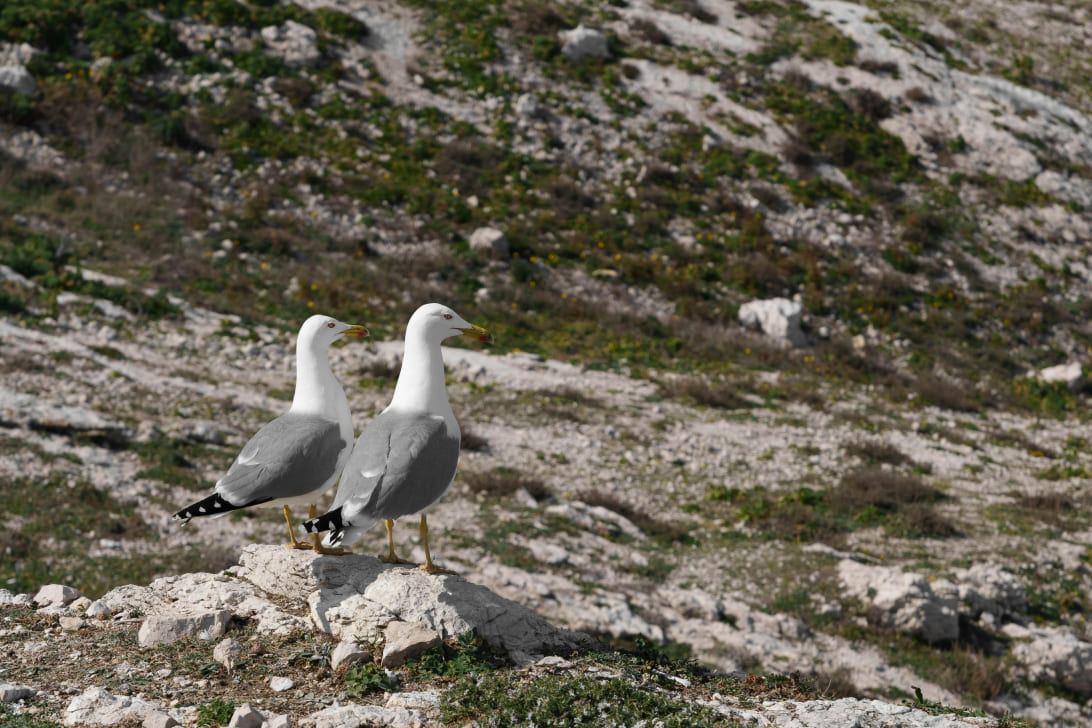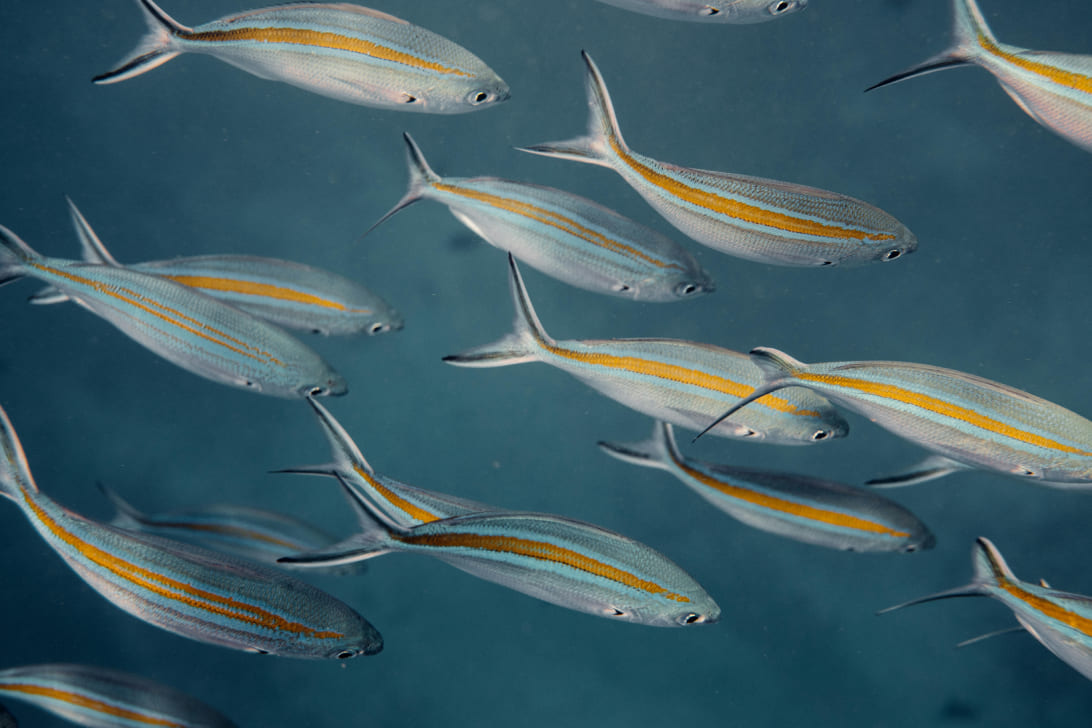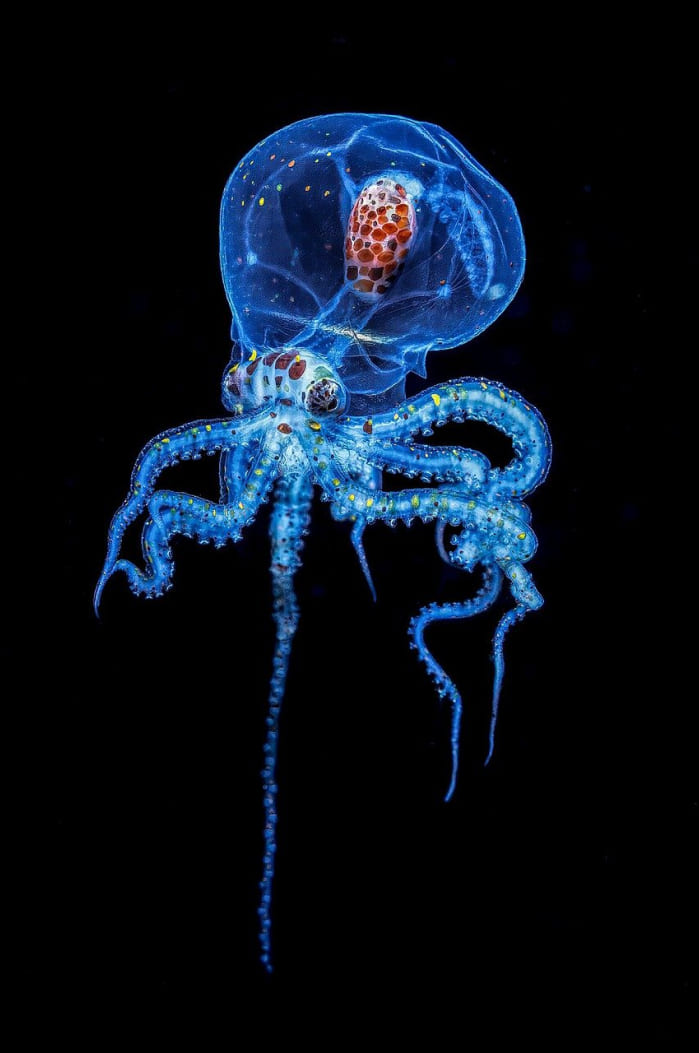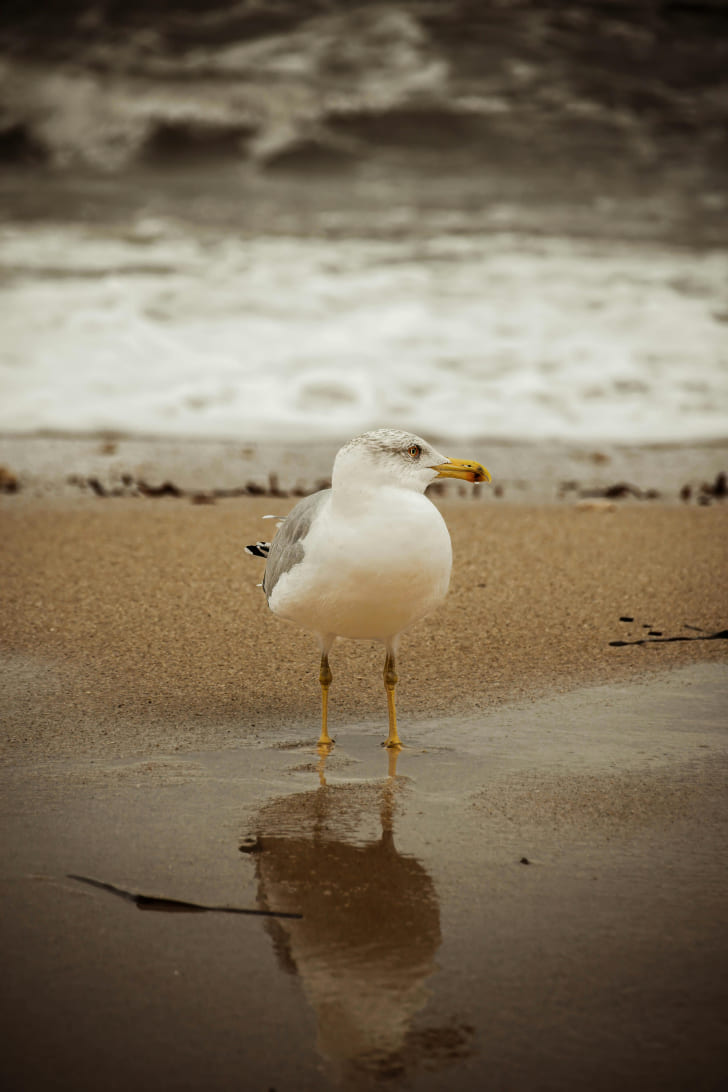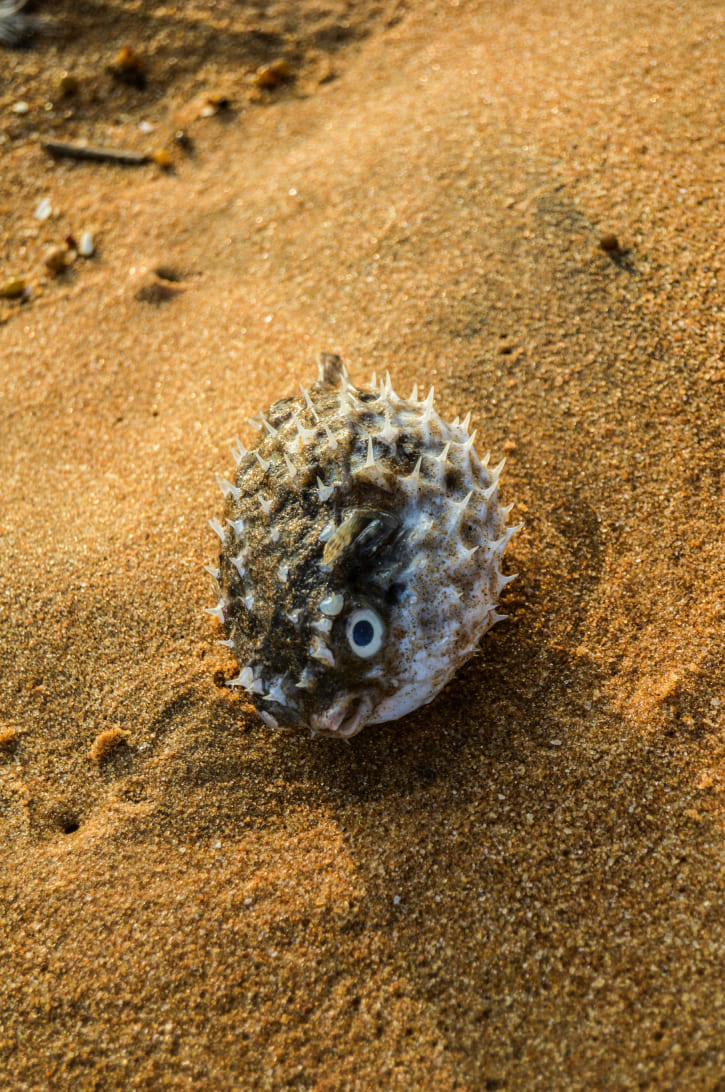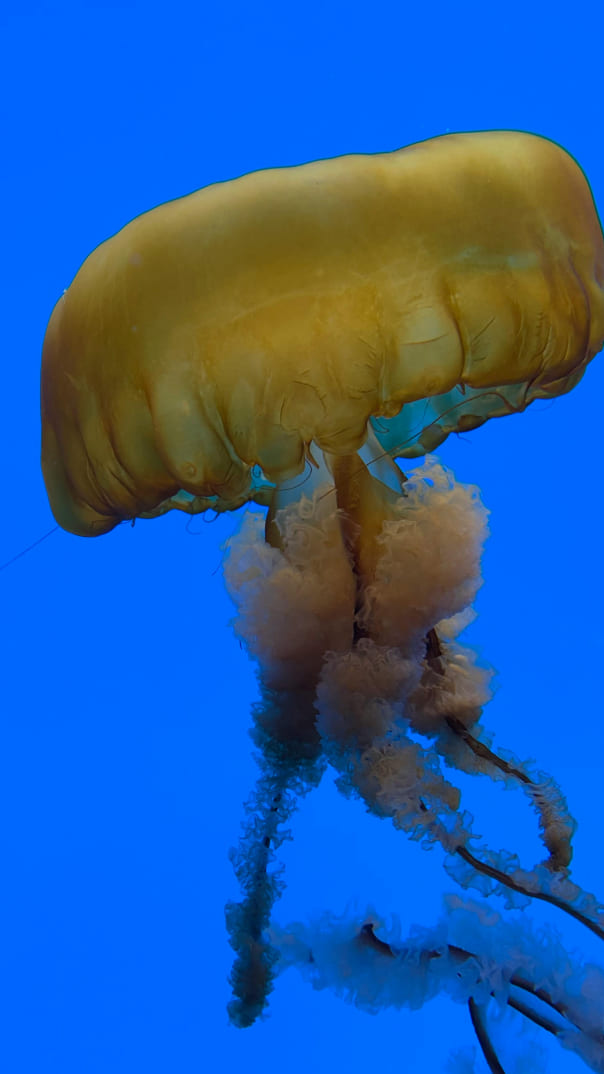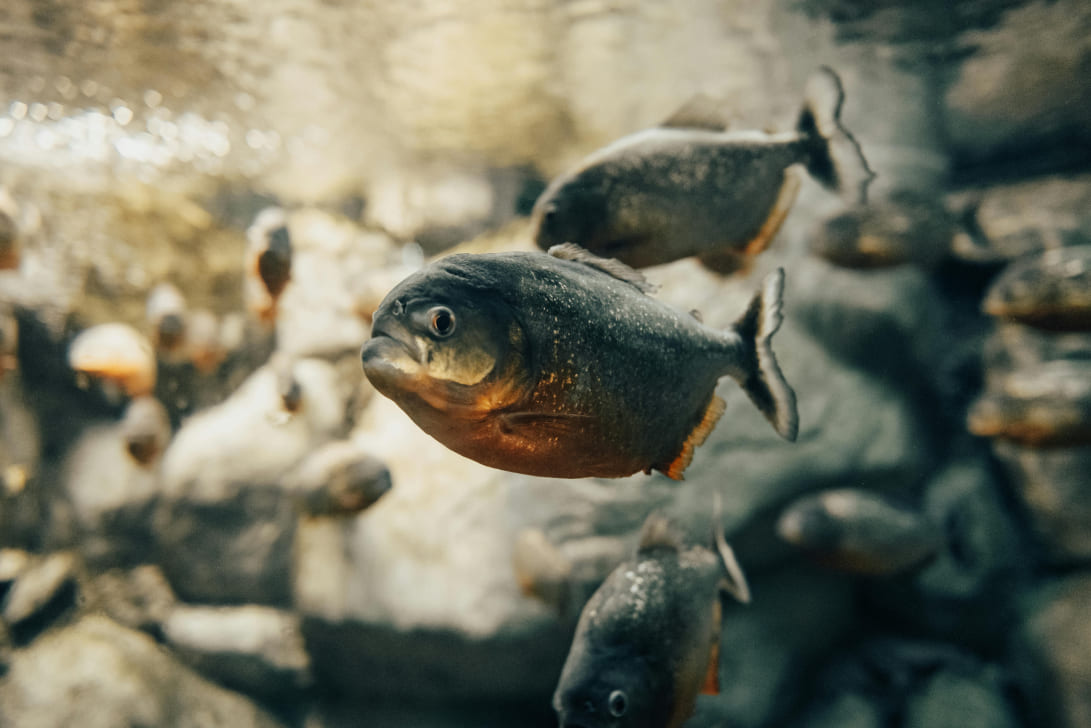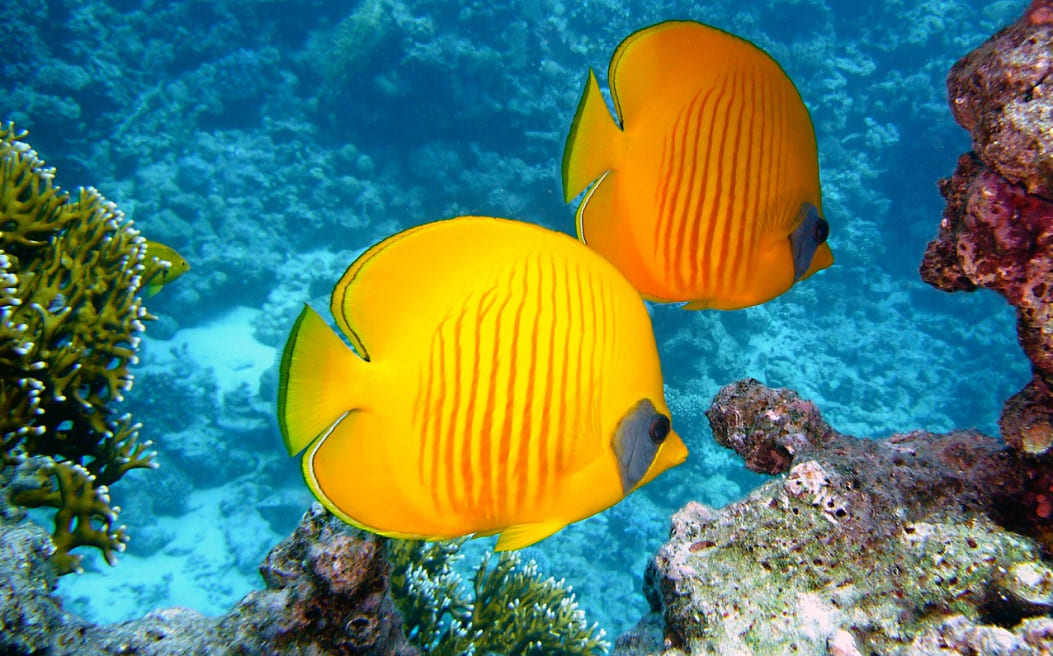
Chaetodon semilarvatus
The masked butterflyfish, also known as Chaetodon semilarvatus, is a stunningly vibrant reef fish native to the Red Sea and parts of the Indian Ocean. With its bright yellow body adorned with subtle vertical lines and a distinctive black "mask" over its eyes, this species is a favorite among divers and marine enthusiasts. Masked butterflyfish often swim in pairs, feeding on coral polyps and small invertebrates, playing a key role in maintaining the health and balance of coral reef ecosystems.
Protecting the Diversity of Ocean Life
Long-Snouted Seahorse
The long-snouted seahorse is one of the ocean’s most delicate and enchanting creatures. With its elongated snout, curved tail, and vibrant hues, it thrives in seagrass beds and coral reefs. These habitats provide shelter and food, making them essential for the seahorse's survival. This species also plays a role in maintaining the balance of marine ecosystems by controlling populations of small crustaceans.
Velvet Crab
The velvet crab, named for its soft, velvety shell, is a fascinating species found in rocky coastal waters. Known for its agility and sharp pincers, this crab is an important part of the marine food web, feeding on algae and small invertebrates while also serving as prey for larger animals like fish and seabirds.
Common Bottlenose Dolphin
The common bottlenose dolphin is one of the most beloved and recognizable marine mammals, known for its intelligence, playful nature, and strong social bonds. These dolphins live in pods, working together to hunt fish and squid while maintaining a complex social structure. They also play a critical role in the health of marine ecosystems by controlling fish populations and fostering biodiversity.
Brown-Headed Gull
The brown-headed gull is a striking coastal bird with a distinctive dark brown head and white body. Found in coastal wetlands, estuaries, and inland lakes, this gull is an adaptable species that feeds on fish, insects, and small crustaceans. It plays an essential role in the ecosystem by scavenging and controlling populations of smaller animals.
Franklin's Gull
Franklin's gull, also known as the “prairie seagull,” is a migratory bird that breeds in inland wetlands before traveling to coastal areas. Known for its black head and striking white-and-gray plumage, this gull is a vital link between terrestrial and marine ecosystems. It feeds on insects, fish, and small crustaceans, playing an important role in nutrient cycling.
Red Crab
The red crab is famous for its incredible migration, a natural spectacle that sees millions of these crabs travel from forest to coast to spawn. Found on Christmas Island and other isolated locations, red crabs are critical to the ecosystem, recycling nutrients and aerating soil as they burrow. Their mass migration also supports other species, such as birds and fish, that feed on them.
The Mysterious Life of the Octopus in the Ocean
The octopus is one of the ocean's most fascinating and intelligent inhabitants, captivating scientists and ocean enthusiasts alike. With its soft, flexible body, eight arms, and remarkable brainpower, the octopus is a master of survival and adaptation in the marine world. Found in oceans across the globe, from shallow coral reefs to deep-sea abysses, these creatures are an essential part of marine ecosystems.
- Masters of Camouflage
- Highly Intelligent Creatures
- A Life of Solitude
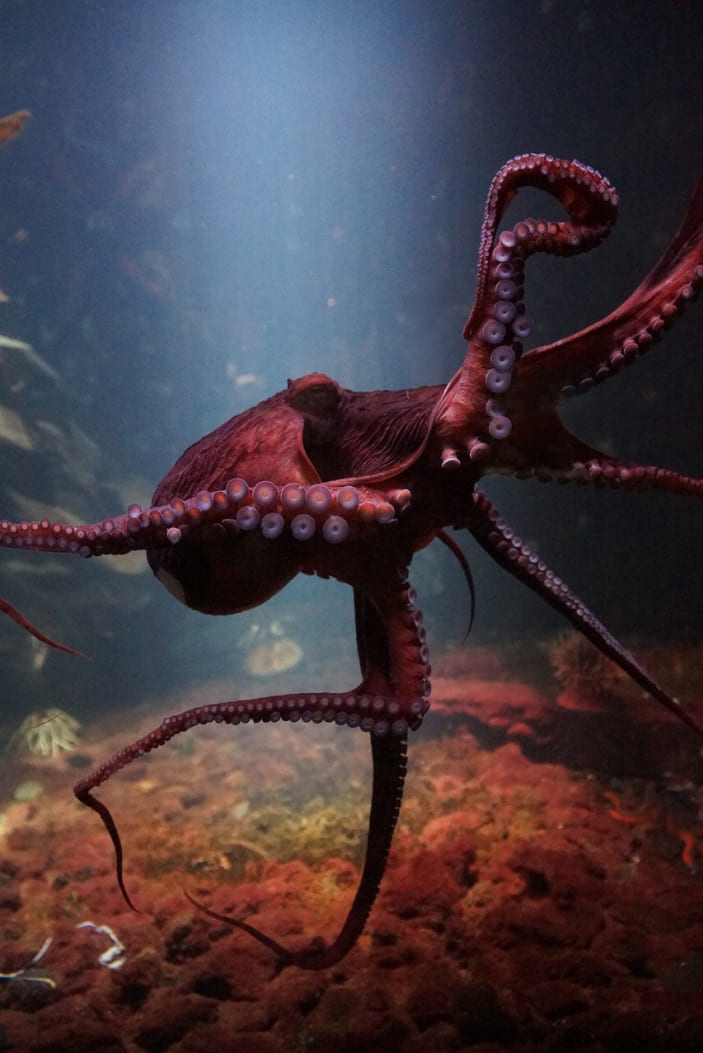
Preserving Marine Life and Protecting Vulnerable Ecosystems
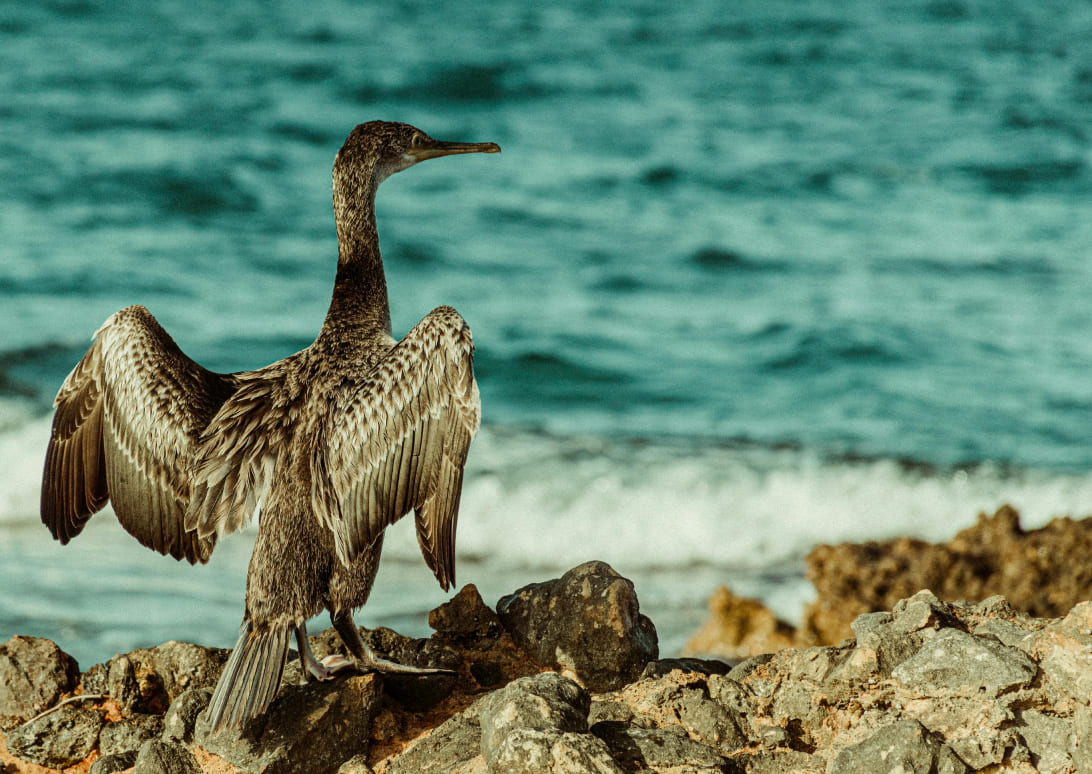
Persian Cormorant
The Persian cormorant is a striking coastal bird with sleek black feathers and a long, curved neck.
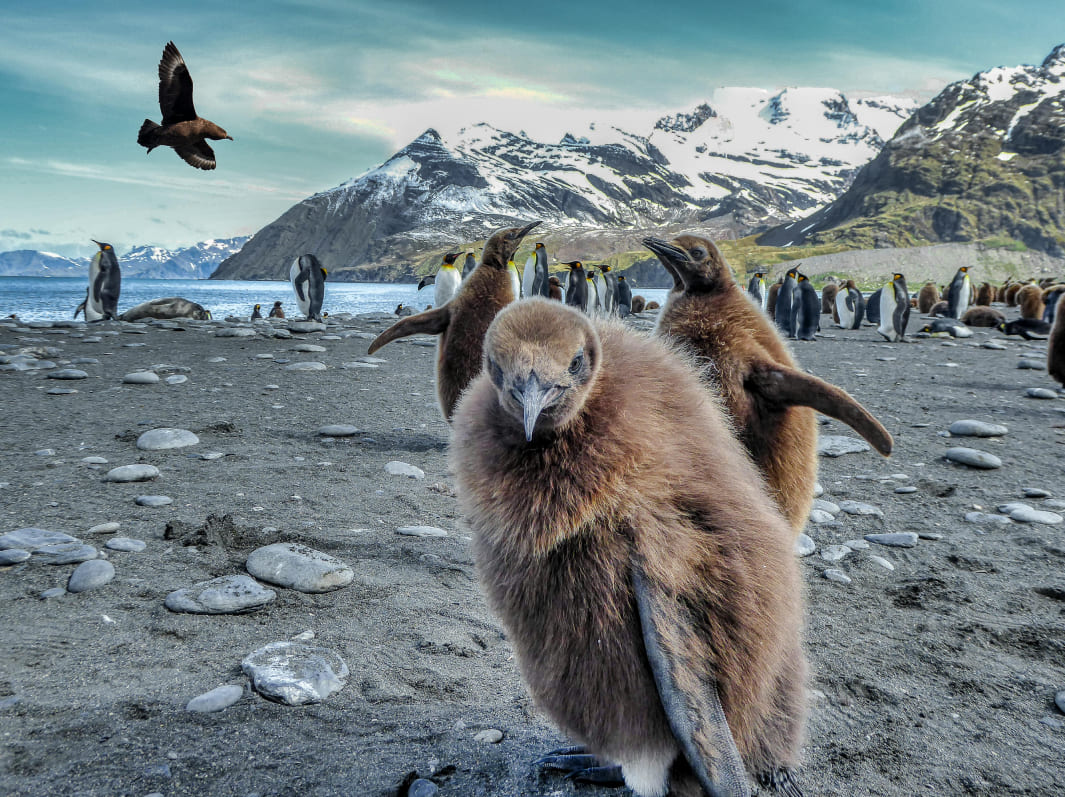
King Penguin Chick
King penguin chicks, often referred to as “fuzzy brown bundles,” are adorable and vulnerable symbols of the Antarctic.
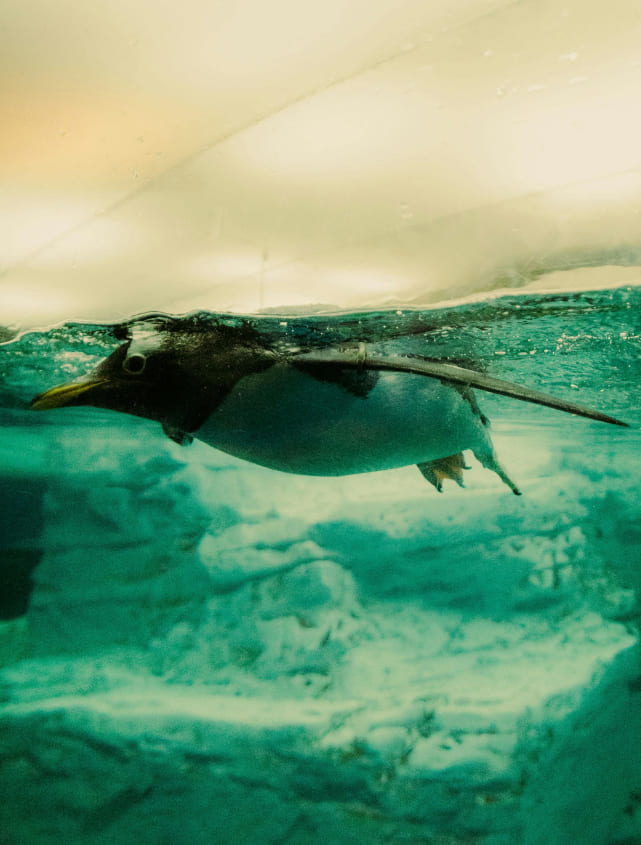
Skipper Penguin
The skipper penguin, a playful and curious species, is known for its remarkable speed and agility both in the water and on land.
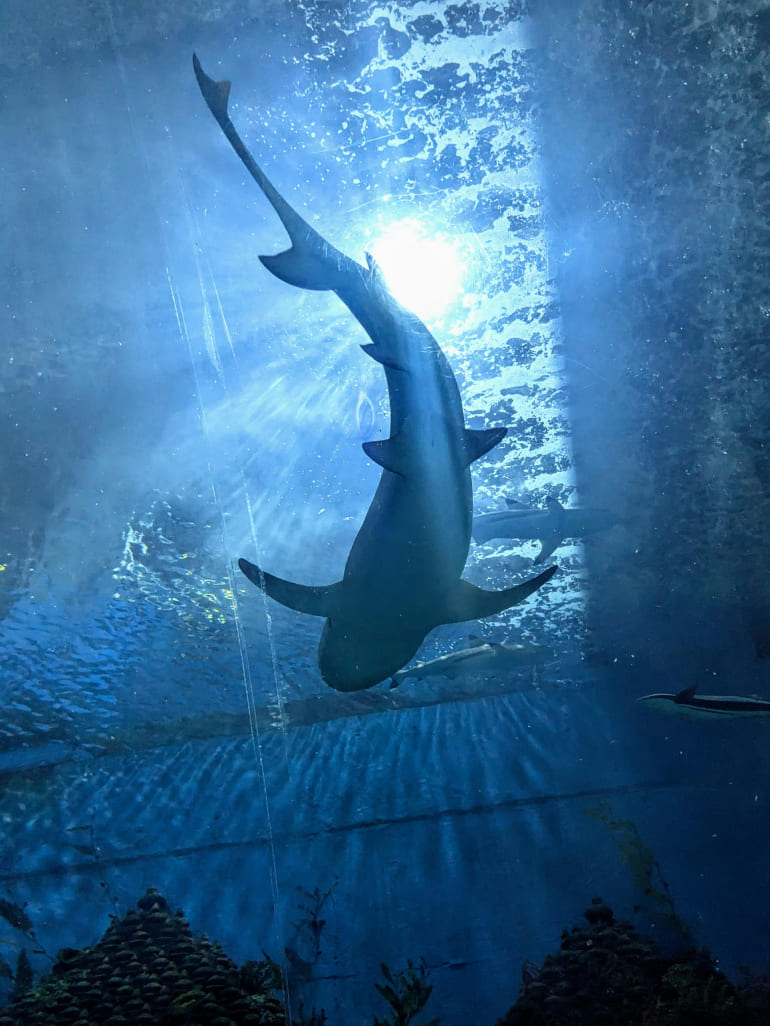
Oceanic Whitetip Shark
The oceanic whitetip shark is a powerful predator, recognized by its long pectoral fins tipped with distinctive white markings.
What Our Clients Say
"I’ll never forget the moment I saw dolphins in the wild during a boat trip off the coast. They were so graceful, leaping through the waves and playing alongside our boat. It felt like they were welcoming us into their world. It’s heartbreaking to think that these beautiful creatures are threatened by pollution and overfishing. Seeing them inspired me to learn more about ocean conservation and how I can help protect their habitat."
"Last year, I traveled to Christmas Island and witnessed the incredible migration of the red crabs. Millions of them moved together, carpeting the landscape in a sea of red. It was surreal and humbling to see nature’s cycle up close. However, I also saw the dangers they face—roads filled with crushed crabs and invasive species disrupting their journey. It made me realize how important it is to protect these fragile ecosystems before it’s too late."
"Snorkeling in the Maldives was like stepping into another world. The coral reefs were teeming with life—colorful fish, shy sea turtles, and even a curious octopus. I was awestruck by the beauty of it all, but I also noticed areas where the coral was bleached and lifeless. It reminded me of how fragile these ecosystems are. Now I’m more conscious of my choices, like using reef-safe sunscreen and supporting marine conservation projects."
The Urgent Need to Protect Our Oceans
The oceans are the lifeblood of our planet. Covering over 70% of Earth's surface, they regulate the climate, provide oxygen, and support an incredible diversity of life. Yet, despite their importance, oceans are under severe threat. Pollution, climate change, overfishing, and habitat destruction are pushing marine ecosystems to their limits. Protecting our oceans is not just an environmental priority—it’s a necessity for the survival of all life on Earth.
More Details

